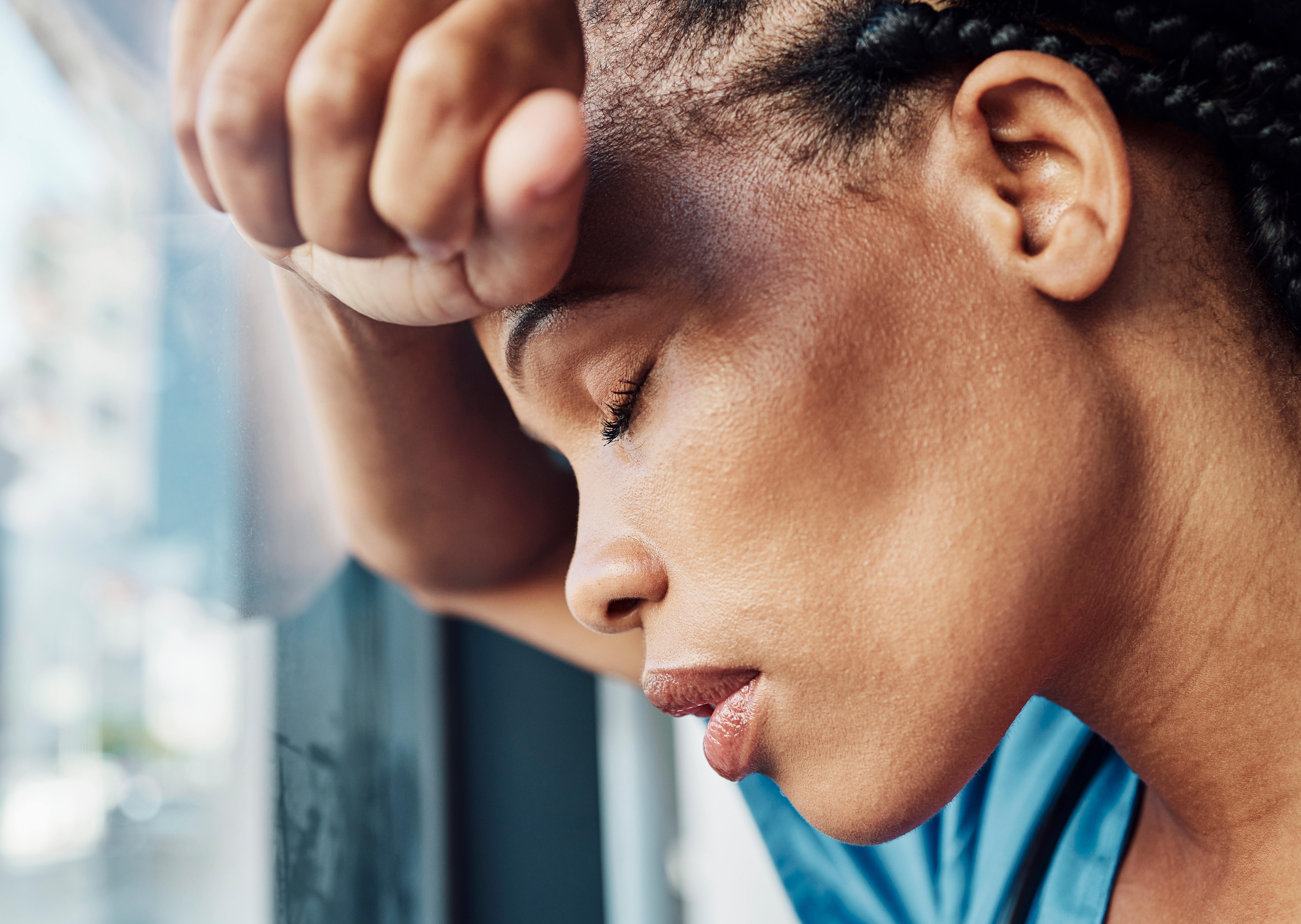Inside Anxiety: Must-Know Facts to Demystify Your Struggle
3. Types of Anxiety Disorders: A Spectrum of Experience

Anxiety isn't a monolith; it manifests in diverse forms. Generalized Anxiety Disorder (GAD) involves chronic, pervasive worry about various aspects of life. Panic Disorder features sudden, intense surges of terror (panic attacks). Social Anxiety Disorder creates debilitating fear in social situations. Specific Phobias involve an irrational fear of particular objects or situations (like heights or spiders). Obsessive-Compulsive Disorder (OCD) and Post-Traumatic Stress Disorder (PTSD) also have strong anxiety components. Understanding these distinctions is crucial because each type may require a tailored approach to treatment for the most effective relief and management.
4. Symptoms of Anxiety: The Mind-Body Connection in Overdrive

Anxiety doesn't just live in the mind; it commandeers the body. Symptoms often form a distressing triad: cognitive (racing thoughts, difficulty concentrating, constant worry), physical (pounding heart, shortness of breath, muscle tension, digestive issues, fatigue), and behavioral (avoidance of feared situations, restlessness, irritability, sleep problems). This mind-body interplay can create a vicious cycle, where physical sensations intensify anxious thoughts, and vice-versa. Recognizing this wide array of symptoms is key to understanding the full impact of anxiety and the importance of holistic treatment approaches that address both mind and body.
